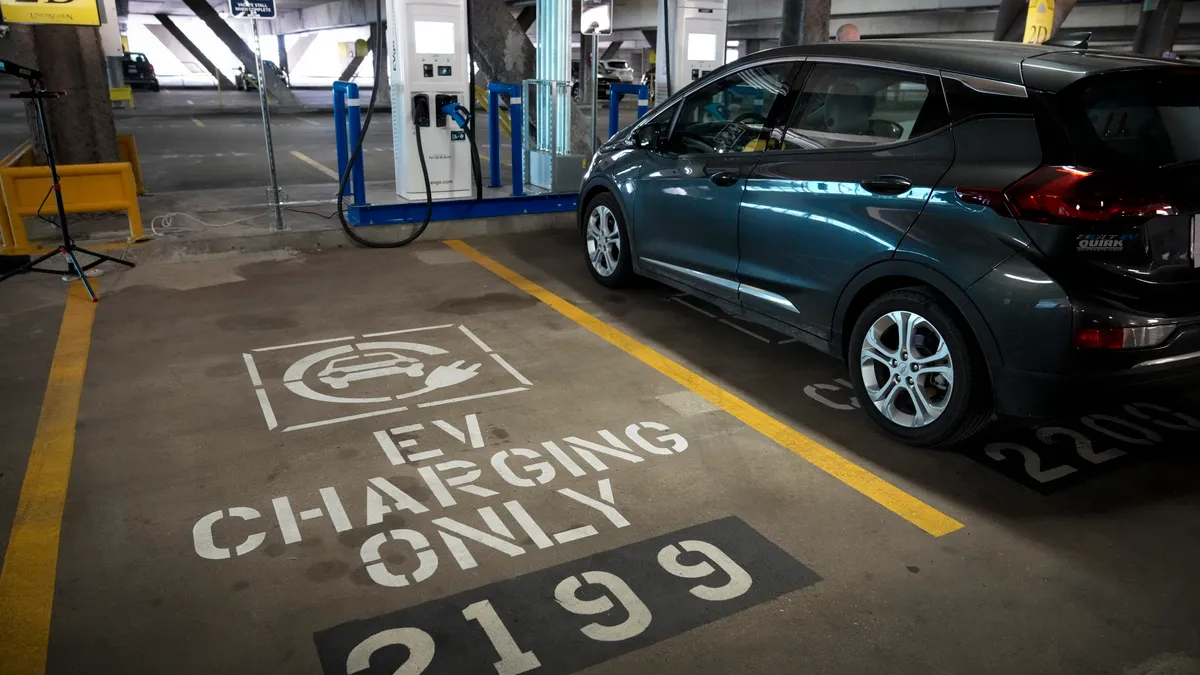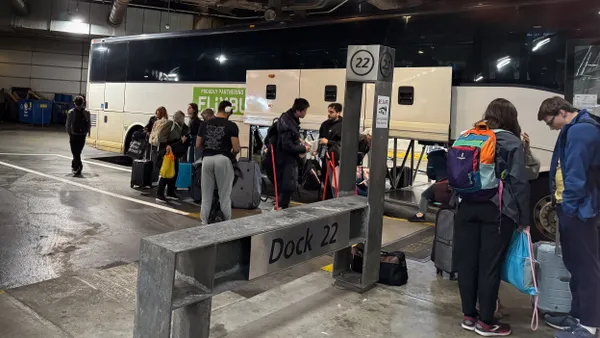Dive Brief:
- A mass deployment of electric vehicle (EV) chargers will require creative third-party financing and innovation from utilities, said Jigar Shah, director of the Loan Programs Office at the U.S. Department of Energy.
- Speaking Thursday at the virtual National EV Charging Summit hosted by the EV Charging Initiative, Shah said new EV infrastructure should be linked to "business model innovation that actually makes sure private sector dollars can make a lot of money." Then, Shah added, public money, rather than being the sole source of funding, becomes just a "catalyst" that proves the business model to support robust private and utility investment.
- Richard Kauffman, the chairman of the board of Generate Capital, which Shah co-founded, and chairman of the New York State Energy Research and Development Authority, said that models like the New York Green Bank provide loans for green infrastructure projects and could work for the economics of charging infrastructure. The up-front investment, he said, "can work out different kinds of business models … to where private businesses can take over."
Dive Insight:
The White House is set to roll out a national network of 500,000 electric vehicle chargers backed by $7.5 billion in funding from the bipartisan infrastructure bill. That funding — the largest single U.S. investment in EV infrastructure — includes $5 billion in funding for states to install chargers and another $2.5 billion in grants for communities and corridors to adopt more innovative approaches and reach underserved areas.
But public dollars will not be enough on their own, Shah said, especially to meet the Biden administration’s 2030 goal for half of all new U.S. passenger vehicle sales to be EVs. Investors will require more advanced business models that will yield returns, especially when looking at fleets or businesses that will require significant numbers of EVs, like taxi services or ride-sharing companies.
Individual utilities, he said, will have to provide “a level of compensation” to make a private investment in expensive charger installation worthwhile. "Today there is almost no market in the country, including California, that provides this clear market signal," Shah added, although he said the right model could be a “win-win-win” for utilities, investors and consumers.
As EVs make up a greater share of new car sales and governments pass more incentives to promote them, utilities are investing more in charging infrastructure and technology to boost beneficial electrification. More than 50 utilities announced a collaboration in December to install fast-charging infrastructure along major U.S. highways by the end of 2023. However, those efforts in cities are starting slowly and advocates say utilities still have a long way to go to create a sufficient charging network.
Speaking on a separate conference panel, National Urban League Executive Vice President Don Cravins said that it will be important to involve underrepresented and low-income communities in discussions around EV charger installation to make sure that all households are able to benefit from the infrastructure and the economic benefits they bring.
"If we do this right and we all start on the same page, we can make an impact," Cravins said. "We cannot afford to mess this up, both environmentally and health-wise and economically."












